A Rebel in Aberdeen - Carel van Heerden
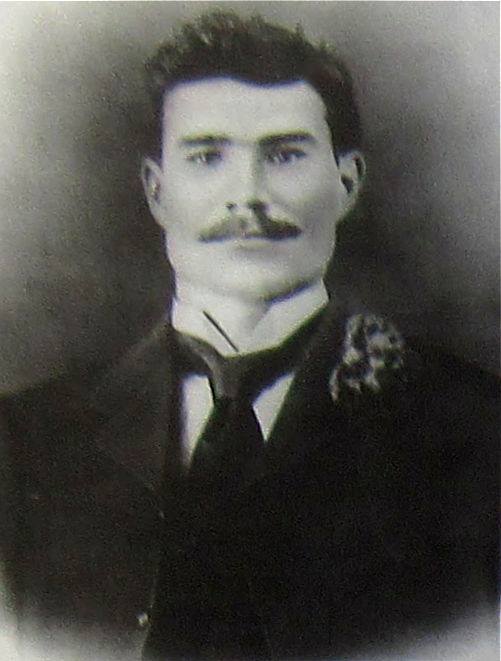
On the 115th anniversary of his death, the story of Carel van Heerden - a rebel from Aberdeen who joined Scheepers in 1901.
British forces had steadily strengthened along the Beaufort West – De Aar line. 4 commandos operated under General Malan – Pypers, Smit, Hugo and van Reenen. This prompted Pyper’s and van Reenen’s commandos to remain in the north-west and operate independently but by early February, Hugo had been killed and by March, Rudolph had been captured. Carel van Heerden stepped into Rudolph’s shoes as Commandant.
The constantly mobile Boer forces found their horses were not in the best condition because of continuous work and not enough rest. Healthy, strong horses were scarce and valuable. March 1902, they decided to take shelter in the Camdeboo mountains. Cmdt van Heerden had raided de Beers store at Adendorp about 6 kms from Graaff Reinet. His commando of about 170 men stayed 2 days at John Ebenezer Biggs’ farm. Van Heerden decided to visit the farm Mooifontein which belonged to Peter Booysen who had recently given evidence against Scheepers at his trial in Graaff Reinet. Cmdt van Heerden dished out a severe whipping with his sjambok and then later returned to his men at Brooklyn.
By the end of May, van Heerden had a run-in with a number of British patrols in the area.
By May 18, Malan and Fouche joined van Heerden in an attack on Aberdeen. They acted as guards for the escape route while 80 of van Heerden’s men and 20 of Fouche’s men surprised the town’s garrison.
The Boer officers were against the raid but van Heerden insisted saying it was easy and reminded them he had captured Lt Hugger of the District Mounted Troops a month earlier. In that raid the Boers bounty was saddles, ammunition, clothing and food. The Lieutenant was stripped of his clothes, told to put on his spurs and sent back naked.
Back in Aberdeen, Major Herbert Shute of the Coldstream Guards in Graaff Reinet spoke courage into the locals Town Guards and had more sangars / small forts erected in the streets of Aberdeen. It was the coloured men who were stationed to man the sangars / forts and they were terrified of van Heerden. His reputation preceded the local blacksmith turned rebel. (Other sources say he was a local harness-maker ) The Boer officers decided agreeing on another raid was the lesser evil and would prevent a possible split of the commando and so let van Heerden go ahead with the raid with Malan and Fouche guarding the escape route. On that Sunday evening, as the clock struck 9 (other sources say toward midnight), van Heerden cut the town fences creeping across the field with his raiding party close behind and made their way up Bell Street where they met the local policeman who recognised Carel. Carel picked up a 3 inch pipe and using it to break down part of the wall at the back of the stable. He dragged a horse out and instructed his men to “Take them and go!” The rebels were running beside the cantering horses as they made their way down the darkened street.
By this time the Town Guard began firing from the safety of their fort in Brand Street. Van Heerden now led his raiding party to van Riebeeck street. Carel climbed onto the roof and used his Mauser rifle as a crowbar to loosen bricks from the parapet, hurling them at the nearest sangar. The firing ports had been positioned too low and the Town Guard were unable to do much damage.
More horses were released from the British stables and the barrage of fire kept coming from the sangars. About an hour later only a handful of men were still with him as the rest were busy with the horses. Carel ordered a young local boy, Johannes Smith and another (a Loubser of Hopefield) to watch the ring road around the church to prevent being attacked from the rear. The boys ran around the corner and spotted a DMT moving on the Church wall. They warned van Heerden who then ran into the Church grounds, firing his Mauser. In the shootout, John Londt, was fatally wounded and collapsed near the Church door. Pte Pearson was killed and 2 other DMT were wounded.
By now van Heerden was intent on attacking the men on top of the roof of the Commandants Office on the other side of the Church grounds. He called for volunteers and gathered 5 youngsters to achieve this. He ran from the church grounds with his rebels behind him. They all became running targets from the gun ports. Van Heerden fired his last bullet from his pistol* and now aiming his rifle from the hip a tremendous explosion occurred. Van Herden fell. It is believed that pieces of brick blocked the barrel of van Heerden’s rifle (when he used it to pry loose bricks earlier) and the chamber exploded sideways driving the bolt into his body where it severed his femoral artery. Carel van Heerden was dead.
Field Cornet Bezuidenhout led the retreat and the rebels fled. The price of the 54 horses now in the Boer hands? Joseph Coetzee was mortally wounded and left behind. Londt lay mortally wounded near the Church door. Louis Fourie was injured in the cheek by a spent bullet. Commandant Carel van Heerden was dead. The date was 18 May 1902
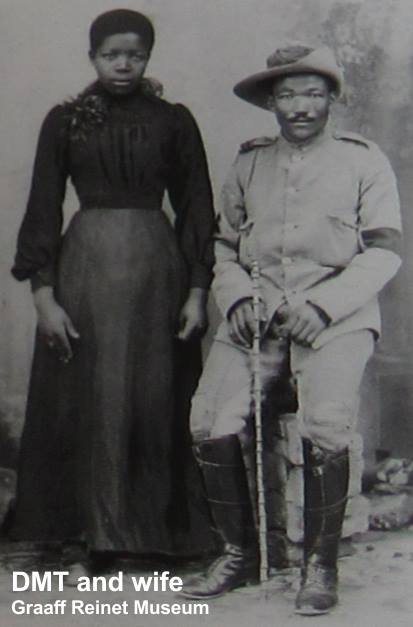
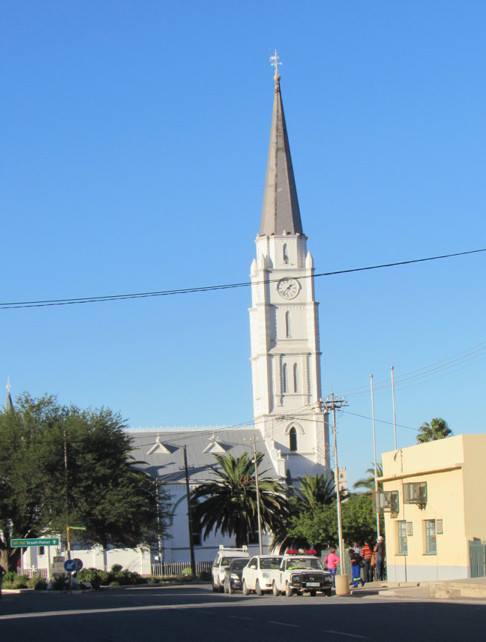
(Above) Centre stage - The Dutch Reformed Church
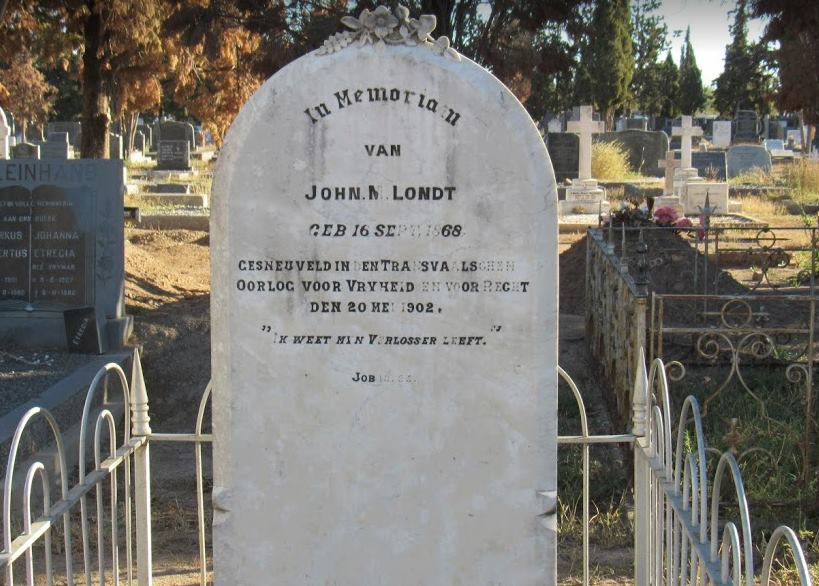
(Above) John Londt lies buried near van Heerden in the Aberdeen
cemetery.
Less than 2 weeks later the war was over. The Coldstream Guards labelled Carel “A gallant soldier.” Major Shute took Carel’s ZAR badge back to England.
*I am puzzled by the fact that van Heerden had both Mauser pistol and rifle. Would he have gone into battle with both, using the pistol first. How would he have carried the rifle during the chaos of the raid, scaling walls and breaking them down. The account mentions how he picked up a pipe which he used to pry bricks loose which indicates to me that he had both hands free. Would he have carried the rifle slung over his shoulder?
I tried to research if these pistols were found in the Boer forces and found this: The Boers were also armed with a large variety of pistols. While the Mauser auto-loading pistol with ten round box magazine was popular, they were in short supply and everything from Colt Single Action Army revolvers to Webleys to Smith and Wessons and a variety of European weapons were in use, again, each in it’s own caliber.
Later in the war, as ammunition resupply became a greater and greater problem the commandos used captured British weapons extensively. Perhaps van Heerden acquired the pistol from the enemy.
The first “famous” use of a 7.63 mm Mauser C96 “Broomhandle” pistol was at the Battle of Omdurman in 1898 by Sir Winston Churchill, and he later carried it during the Boer War. Boer officers, including Jan C. Smuts and Jacobus van Deventer, also favored the early “conehammer” and “slabsides” versions of this pistol.
SOURCES:
*The Brave Boer Boy and Other Stories by David Shearing and Taffy Shearing
*THE GUERRILLA WAR IN THE CAPE COLONY: DURING THE SOUTH AFRICAN WAR OF 1899-1902: A CASE STUDY OF' THE REPUBLICAN AND REBEL COMMANDO MOVEMENT – BY RODNEY JAMES CONSTANTINE *https://open.uct.ac.za/…/thesis_hum_1996_constantine_rj.pdf…)
Documented oral history of Elizabeth van Heerden (page 47)
*(http://samilitaryhistory.org/vol073vm.html) *(https://kieranmcmullen.com/…/weapons-of-the-second-boer-war/)
*(https://www.sofmag.com/the-guns-of-the-boer-commandos/)
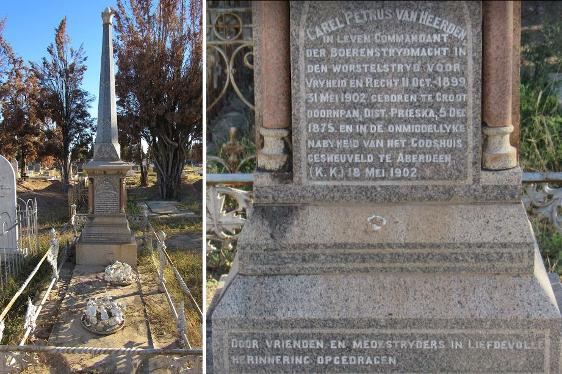
(Above) Monument to Carel van Heerden (Photo by Cornelia Lilian)

(Above)One of the younger rebels, J A Smith writes about his adventures during the War - Ek Rebelleer. As a youngster of 15, he makes the decision to stand against British authority and escapes from besieged Aberdeen to join Gideon Scheepers commando and later under Wynand Malan. Johannes Antonie Smith was born in Aberdeen, South Africa 1886
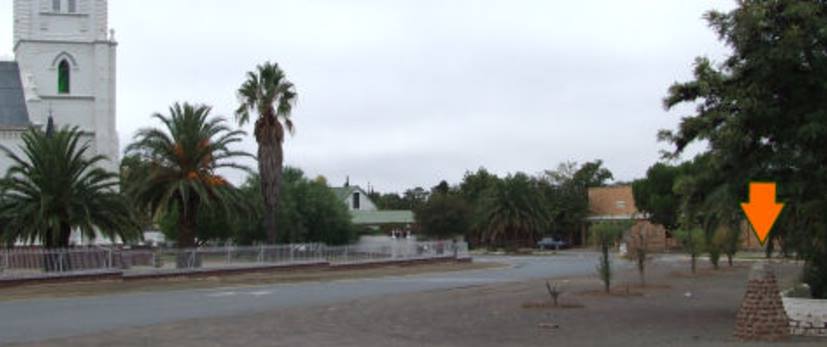
Where Carel van Heerden was mortally wounded
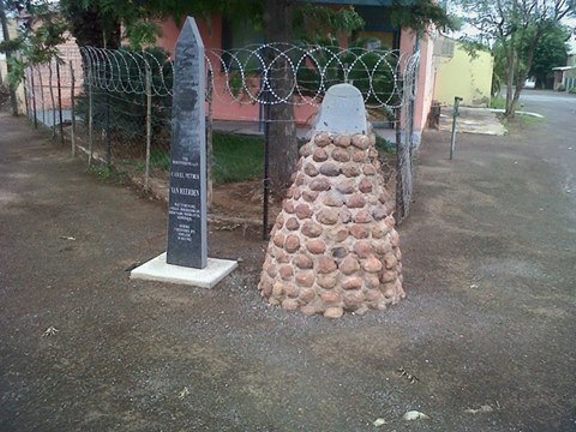
(Above) Monument to Carel van Heerden (Photo by Cornelia Lilian)